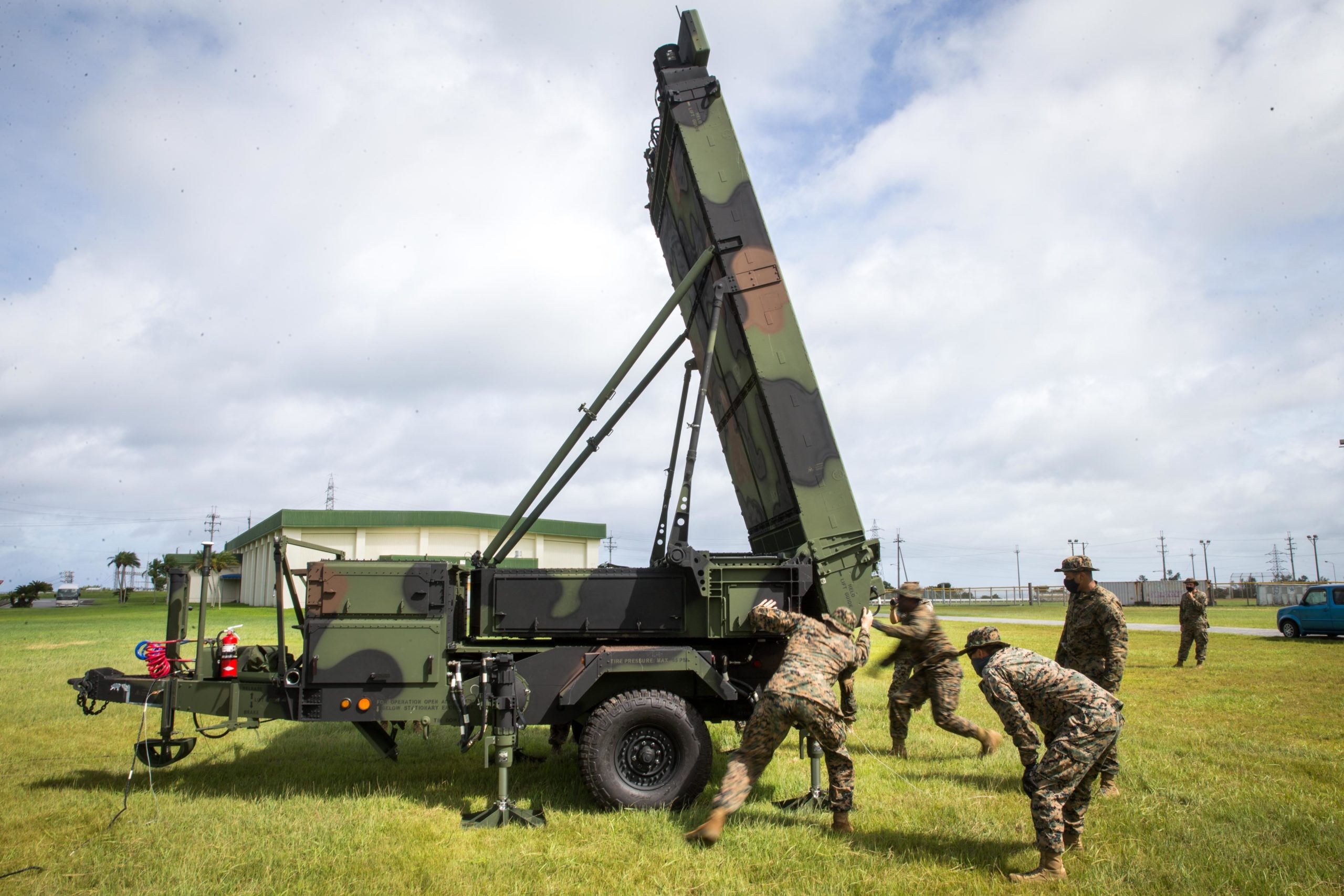By Ashley Calingo, Marine Corps Systems Command
Force Design 2030 details Commandant of the Marine Corps Gen. David Berger’s vision for maintaining the relevance of the Corps in the new age of great power competition.
Developed to enable the Marine Corps to adapt and outmaneuver its adversaries, Force Design 2030 outlines the commandant’s goals and blueprint for ensuring America maintains its competitive edge. Critical to this effort is one of the Marine Corps’ latest and most advanced systems yet—the Ground/Air Task-Oriented Radar, managed by Program Executive Officer Land Systems’ G/ATOR program office.
Initially fielded in 2018, the G/ATOR is an expeditionary, multifunctional radar system providing Marines with increased accuracy, tactical mobility and reliability over legacy systems. Replacing five of the Marine Corps’ legacy systems, the G/ATOR can support various missions, depending on the “block” of software used on a single hardware platform.
G/ATOR Block 1 provides air defense and surveillance capabilities, while Block 2 supports artillery operations. The system represents a key Marine Corps sensor capability.
“G/ATOR is designed to be flexible enough that the system can be used in different modes in support of different missions,” said Chief Warrant Officer 3 Jack Linke, capabilities integration officer for G/ATOR Block 1 at Marine Corps Combat Development Directorate, Combat Development and Integration. “In the past, artillery—the [G/ATOR Block 2] Marines—had a separate radar. We—the [G/ATOR Block 1] Marines—had our own separate radar for air-breathing and missile targets. G/ATOR lets us accomplish both those missions with far better accuracy than either of us had before with our legacy systems.”
The G/ATOR enhances the Marine Corps’ ability to perform counter fires and air defense, such as defending against cruise missiles and unmanned aerial systems. It provides real-time radar measurement data to Marine Corps communication and sensor networks, such as Common Aviation Command and Control System, Composite Tracking Network and Advanced Field Artillery Tactical Data System.
“G/ATOR is designed to be flexible enough that the system can be used in different modes in support of different missions.”Chief Warrant Officer 3 Jack Linke, G/ATOR Block 1 capabilities integration officer
The G/ATOR’s interoperability with Naval systems and transportability make it a critical component to achieving Force Design, said Linke.
“G/ATOR increases our ability to work together with the Navy and other joint forces in a way that we have not been able to in the past,” said Linke. “G/ATOR makes many of the things the commandant talks about in Force Design possible, especially with regard to our interoperability with the Navy.”
Last year’s Advantage at Sea joint strategy between the Navy, Marine Corps and Coast Guard notes significant technological developments and aggressive military modernization efforts by America’s rivals have challenged the joint forces’ unfettered access to the seas in conflict.
Maritime power is an essential element of Force Design and the National Defense Strategy. The G/ATOR enhances sea-based air defense sensors and command and control capabilities. This provides the naval and joint forces with an expeditionary radar and cruise missile detection capability that extends battlespace coverage.
The G/ATOR’s expeditionary design enables Marines to transport it using a smaller footprint, and set it up more quickly and efficiently than its predecessors. These features are critical during the Marine Corps’ shift to expeditionary advanced base operations, said Linke.
“When it comes to EABO, being able to take a radar off a ship, set up quickly and go is critical for those sorts of operations,” said Linke.
The G/ATOR’s modernized capabilities are also an asset to Marines responsible for returning fire if engaged by the enemy.
“It’s an expeditionary radar system that tracks enemy [indirect fire] at much greater range than our legacy system,” said Chief Warrant Officer 5 Wayne Cooper, capabilities integration officer for G/ATOR Block 2 at MCCDD, CD&I. “The G/ATOR more than doubles the range capability from our previous system.”
This article was published on July 14, 2021 by the USMC with the original title of “Inside Acquisition: How the G/ATOR Modernizes the Corps for the Future Fight.”


